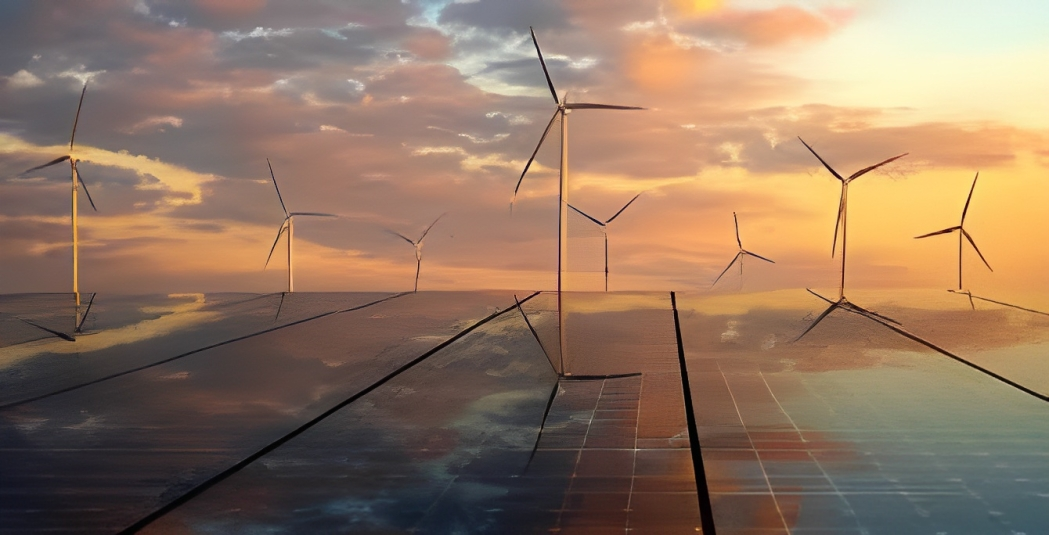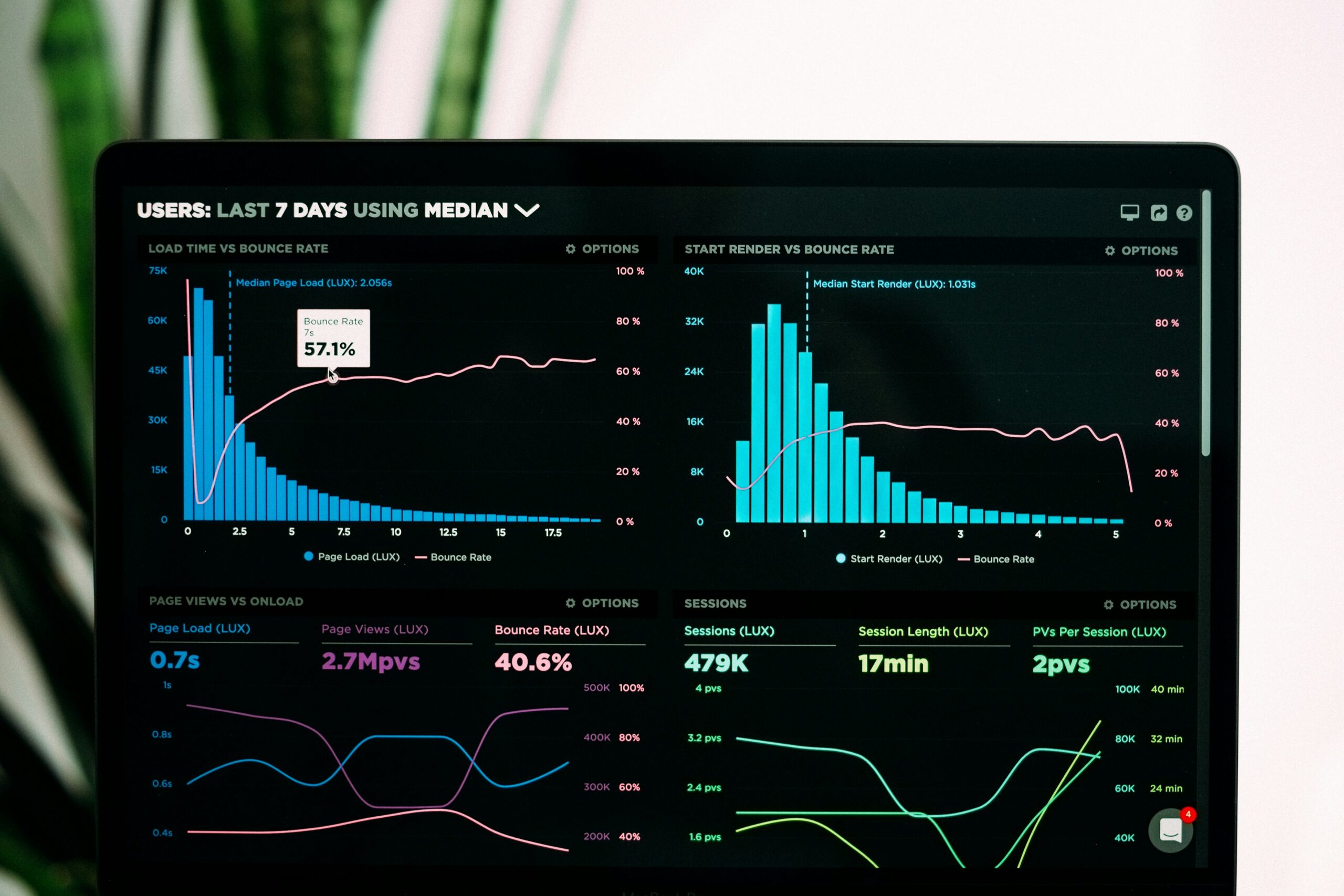Introduction:
Clean technology, often referred to as cleantech, is a rapidly growing field that encompasses various innovative solutions aimed at reducing environmental impact and promoting sustainable practices. As we face the urgent challenges of climate change and resource depletion, clean technology emerges as a beacon of hope, offering transformative solutions for a cleaner, greener, and more sustainable future. In this blog, we will explore what clean technology is and present five key things you need to know about this burgeoning field.
- Defining Clean Technology:
Clean technology refers to a broad range of products, services, and processes that utilize renewable materials and energy sources while minimizing emissions, waste, and the overall environmental footprint. It encompasses various sectors, including energy generation and storage, transportation, waste management, water treatment, and sustainable agriculture. Clean technology aims to meet the world’s growing demands while simultaneously reducing the negative impacts on ecosystems, climate, and public health.
- Promoting Renewable Energy:
One of the central pillars of clean technology is the promotion and utilization of renewable energy sources. Clean energy technologies such as solar power, wind turbines, hydropower, geothermal energy, and bioenergy offer sustainable alternatives to fossil fuels. These sources produce minimal or no greenhouse gas emissions, thereby combating climate change and reducing our reliance on finite resources. The transition to renewable energy is crucial for achieving a low-carbon future and mitigating the effects of climate change.
- Enhancing Energy Efficiency:
Clean technology also emphasizes energy efficiency, which involves reducing energy waste and maximizing the output from energy consumption. Energy-efficient buildings, appliances, and industrial processes are designed to optimize energy use, resulting in reduced energy costs and lower carbon emissions. By adopting advanced technologies such as smart grids, LED lighting, efficient motors, and insulation systems, we can significantly reduce energy consumption and contribute to a more sustainable society.
- Fostering Circular Economy:
Clean technology encourages the adoption of circular economy principles, aiming to minimize waste and maximize resource efficiency. Instead of the traditional linear model of take-make-dispose, a circular economy focuses on keeping materials in use for as long as possible through recycling, reusing, and repurposing. Technologies like advanced recycling systems, waste-to-energy conversion, and sustainable manufacturing processes play a pivotal role in transitioning towards a circular economy. By valuing resources and minimizing waste generation, clean technology contributes to the preservation of natural resources and reduces environmental pollution.
- Driving Innovation and Economic Growth:
Clean technology not only offers solutions to pressing environmental challenges but also drives innovation and economic growth. The transition towards clean energy and sustainable practices has the potential to create new industries, generate jobs, and stimulate economic development. Investments in clean technology research and development spur technological advancements, leading to cost reductions, improved performance, and increased accessibility. Furthermore, the deployment of clean technology solutions can lead to greater energy independence, enhanced energy security, and improved public health outcomes, thereby benefiting societies on multiple fronts.
Conclusion:
Clean technology represents a transformative force that holds the key to a sustainable and prosperous future. By harnessing renewable energy, enhancing energy efficiency, fostering a circular economy, and driving innovation, clean technology offers practical solutions to mitigate climate change, protect the environment, and promote sustainable development. It is crucial for individuals, businesses, and governments to embrace clean technology and work collaboratively to create a cleaner, greener, and more sustainable world for generations to come. Together, we can pave the way for a brighter future and ensure the well-being of our planet and its inhabitants.




